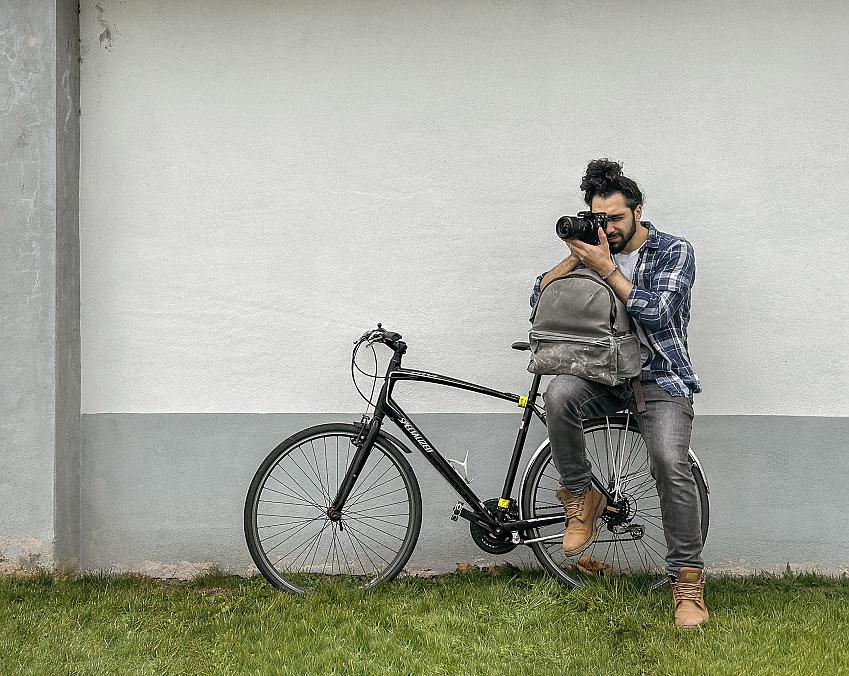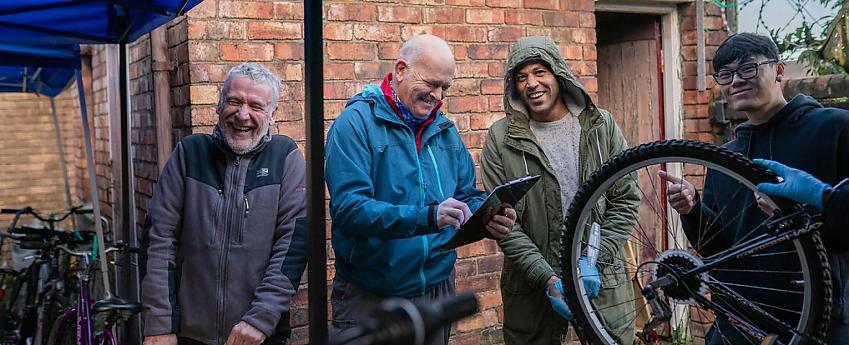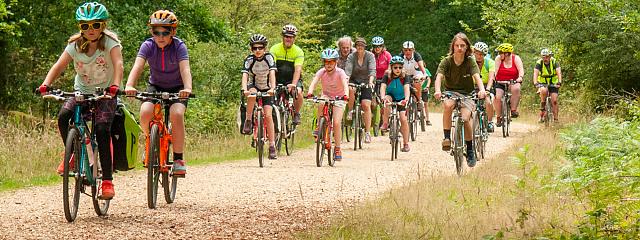
How to recruit and retain volunteers
How to recruit and retain volunteers
According to Time Well Spent, a recent report from the National Council for Voluntary Organisations, the numbers of volunteers organising or helping to run an activity have fallen from 14% to 7% between 2019/20 and 2021/22. Those campaigning on behalf of a group, club or organisation are also down from 8% to 4% in the same period.
Additionally, among recent volunteers, the overall likelihood to continue volunteering declined slightly from 80% in 2018 to 77% in 2022. There are various reasons for this, not least the impact of the pandemic and the cost-of-living crisis.
However, it’s not all bad news as the overall number of Cycling UK volunteers has stayed fairly steady, with a total of 8,281 volunteers. This is made up of 3,339 from our member groups, 4,015 from affiliate groups, and 927 volunteers directly supported by Cycling UK such as volunteer photographers and micro-volunteers. So what are some of the secrets to recruiting and – most importantly – retaining volunteers?
Before recruitment
First of all, be clear about expectations and exactly what it is you would like the volunteer to do, where and when. This might sound obvious but the finer details really do matter, so the prospective volunteer will know exactly what their commitment is likely to be. If the tasks are likely to be only occasional, then make that clear – you are more likely to recruit if the workload is shared around.
Also, make it clear what skills or attributes are needed, if any, and whether or not any out-of-pocket expenses will be covered. Will they need to have a DBS or PVG check (note this varies by nation in the UK)?
Is there an age limit or a specific number of volunteers required?
Volunteers also need to know who they can contact if there are problems or issues to discuss.
Finally, outline why volunteers are needed: the difference and impact they will make. Also explain what they might get in return; for example, the satisfaction of helping more people to benefit from cycling, the enjoyment of planning a good route, or the pride in achieving better conditions for cyclists.
Perhaps they want to improve their career prospects, one of the many bonuses of being a volunteer. Or maybe they want to improve their mental and physical health. Be sure to clarify if this is an outcome of the volunteer’s involvement.
Once a volunteer has expressed an interest in taking on a role, you can ask further questions to make sure it is a good fit for them.
Our current volunteer opportunities could provide a template of how roles could be set out. But be careful not to make the process seem like a job application – stress that no previous experience is needed – as volunteering should be easy and fun!
Where to recruit
There are lots of volunteer platforms where you can promote your roles. These include:
- Do.IT
- Rest Less – aimed at those over 50
- vInspired
- Volunteer Matters
You can also try local volunteer agencies, open days and recruitment events accompanied by flyers, posters and leaflets. The majority of volunteers, however, are found by word of mouth through networks of friends and family. So do ask them to help you by sharing the opportunities on their social media.
Make sure any of the above use inclusive imagery and language by making your materials accessible for people of all abilities.
Recruiting
Once you have had a response, be sure to reply to the prospective volunteer as soon as possible. Be transparent and honest if the role is not suitable for them or you are in the happy situation of having a good response and don’t have the capacity for any more. Ideally, you would have alternative opportunities on offer in this situation.
Offer the volunteer a trial period to see if they are a good fit. Make sure you have a chat about the position, if appropriate, before the volunteer starts to reinforce expectations and find out more about their motivations. This chat can also reveal any training, equipment or clothing they will need.
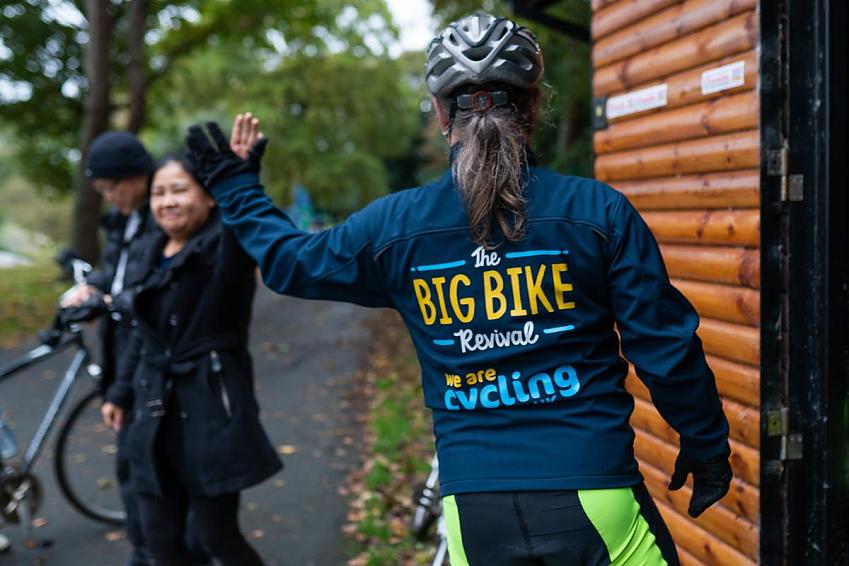
Retaining volunteers
Once a volunteer has agreed to take on the role, it’s important to keep them, unless there is a fixed period they are required for. Some people are truly amazing and we often hear of those who have been volunteering for 40 years or more for their local group! However, others may struggle with long-term motivation and drift away. So how can you keep them once recruited?
Here are some top tips:
- Volunteers have less patience with bureaucracy these days so keep admin to a minimum
- Be flexible – if the volunteer isn’t free on Fridays, can they offer to lead a ride on Wednesdays instead?
- Remember why the volunteer has committed their time, energy, skills and experience in the first place and make sure their needs are being met
- Have regular check-ins and adjust tasks accordingly, if needs be
- Keep organised so your volunteers don’t have to chase you for the support they require
- Don’t rely on a small pool of regular volunteers, otherwise might experience burn out – the phrase “if you want something done, ask a busy person” is very true of volunteers
- Direct the volunteer but don’t micro-manage them – it’s not a job so the focus should be on the positive aspects of the volunteer’s performance and give as much praise and feedback as possible
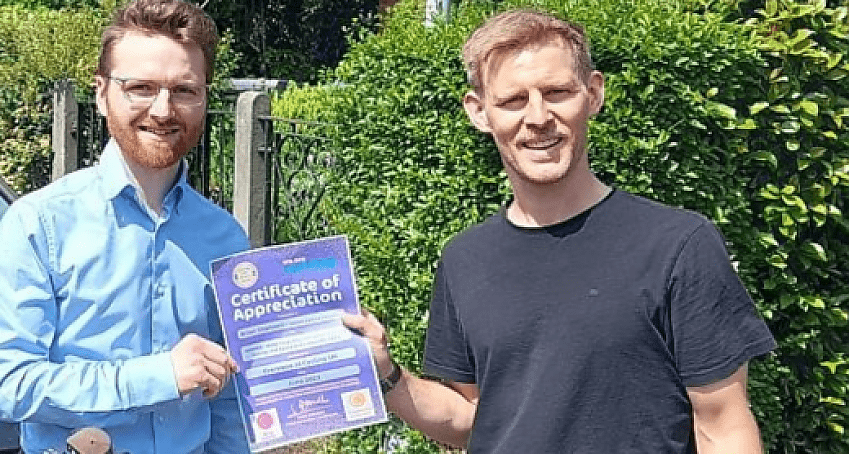
Reward and recognition
Finally, it’s very important to recognise and thank volunteers for all they do. Initiatives like the annual Volunteers’ Week are designed to raise the profile of volunteering and highlight their contributions. Our head of volunteering Alex Cuppleditch has explained the impact of volunteering for Cycling UK.
We also announced the winners and runners-up of our Volunteer Awards and distributed several Going the Extra Mile Certificates of Appreciation, Lifetime Achievement awards and thank you cards to others.
These gestures don’t cost much financially or in time but are worth their weight in gold to volunteers, who feel their efforts are seen and appreciated.
Volunteers’ Week may be over for 2023, but we have lots of ideas for how to thank volunteers for what they do.
Get involved
Find out more about our volunteer opportunities and what volunteering means to some of our members and supporters on our Volunteer Hub.
We also have a wide range of resources to support volunteers for local groups and cycling clubs.






